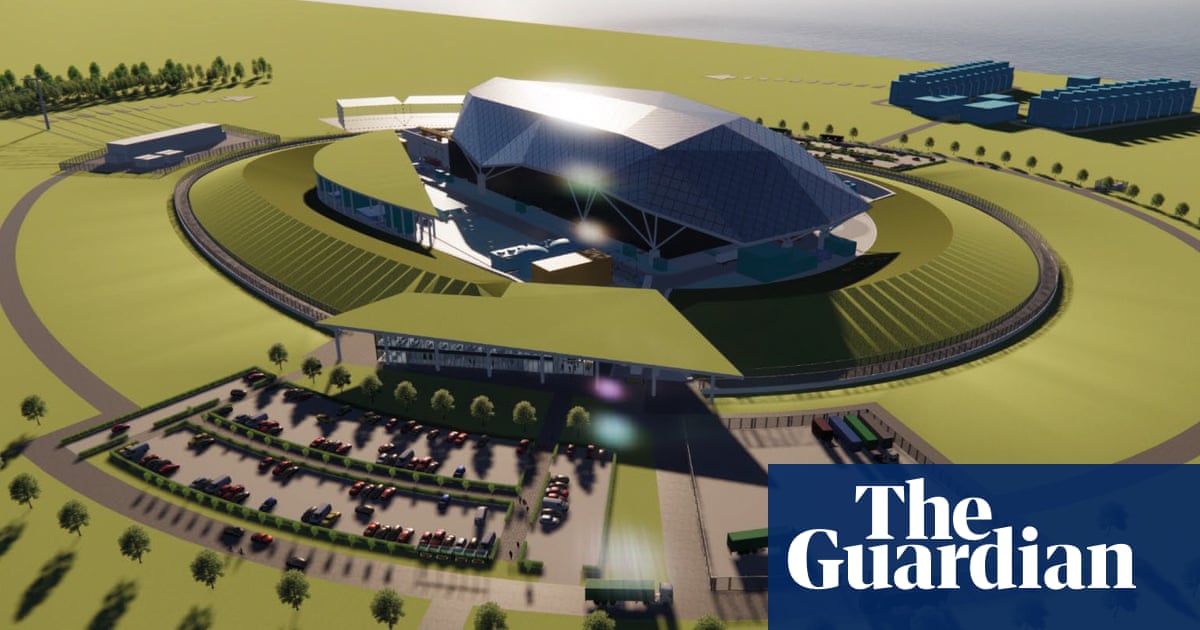Rolls-Royce has won a competition to be the first company to try to build small modular nuclear reactors in the UK, as part of a government effort to push Britain to the frontier of nuclear energy technology.
The UK’s Great BritishEnergyon Tuesday announced Rolls-Royce as the preferred bidder for the programme, after a drawn-out competition that pitted the FTSE 100 manufacturer against two US-owned companies.
The announcement came as part of a broader push for nuclear power by the government, as it promised to invest£14.2bn to build the large Sizewell C power stationin Suffolk.
The nuclear investments will form a key part of the spending review due to be announced by the chancellor, Rachel Reeves, on Wednesday as the government tries to shift attention from a U-turn on winter fuel payments for pensioners.
Sizewell C will produce 3.2 gigawatts (GW) of power, enough to power about 6m homes. By contrast, Rolls-Royce’s small modular reactors (SMRs) will provide about 470 megawatts each. A separate government release said SMRs would collectively generate up to 1.5GW of electricity, suggesting that Rolls-Royce will be granted permission to build at least three SMRs.
The crucial difference between large plants like Sizewell C and the mini nuclear sites is that SMRs will mostly bebuilt to a single design on a factory line, rather than individually on-site. Those factory-built “modules” will then be fitted together at the site, in an effort to make the construction of nuclear plants cheaper, less complex and less prone to the hugely costly delays that haveplagued the Hinkley Point C plant.
The SMR approach is unproven, with no sites yet fully operational anywhere in the world. However, Rolls-Royce has argued that the pressurised water reactor technology it has chosen is well understood, and will allow it to start generating power by 2032 at the earliest. Datacentres for tech companies are a key target customer.
Ed Miliband, the energy secretary, said: “We are ending the no-nuclear status quo as part of our plan for change and are entering a golden age of nuclear with the biggest building programme in a generation.”
The government did not reveal the locations of the first UK SMRs, which some in the industry had hoped for to speed the process along. They are likely to be sited beside retired nuclear power stations such as Oldbury in Gloucestershire and Wylfa in north Wales.
Derby-based Rolls-Royce beat competition from the US companies Holtec and GE Hitachi, while the Canadian-owned Westinghouse dropped out of the competition earlier.
Rolls-Royce’s SMR subsidiary, which is part-owned by Qatar’s sovereign wealth fund, was always considered by far the favourite, but the decision will nevertheless represent a further boost for the company, whose share price hit a record high this month, making it Britain’s biggest manufacturer by market value.
The company has benefited from therecovery in demand for its jet engines, the increase in defence spending prompted by Russia’s invasion of Ukraine, as well as efforts torenegotiate contractsby the chief executive, Tufan Erginbilgiç.
Sign up toBusiness Today
Get set for the working day – we'll point you to all the business news and analysis you need every morning
after newsletter promotion
Erginbilgiç said: “This is a very significant milestone for our business and Rolls-Royce SMR. It is a vote of confidence in our unique nuclear capabilities, which will be recognised by governments around the world.”
The decision to try to build SMRs has been subject to years of delay. Rolls-Royce first submitted a design proposal in 2015 in the hope of building the first reactor in 2025. That target date kept slipping back as Rolls-Royce awaited approval under Conservative and now Labour governments.
The government said the move would create 3,000 jobs at the peak of construction, grow regional economies and strengthen energy security. It will aim for 70% of the parts to be based in the UK, although the delay has already meant Rolls-Royce has chosen a non-UK supplier for crucial pressure vessels.
Reeves said: “The UK is back where it belongs, taking the lead in the technologies of tomorrow with Rolls-Royce SMR as the preferred partner for this journey.”
Tom Greatrex, the chief executive of the Nuclear Industry Association, said it was “a hugely significant moment for Rolls-Royce SMR and for the British nuclear programme”, highlighting the potential for exports of the technology.
While the UK is due to get the first reactor, Rolls-Royce has already agreed to produce an SMR in the Czech Republic, and it is in the final two in a competition in Sweden.
